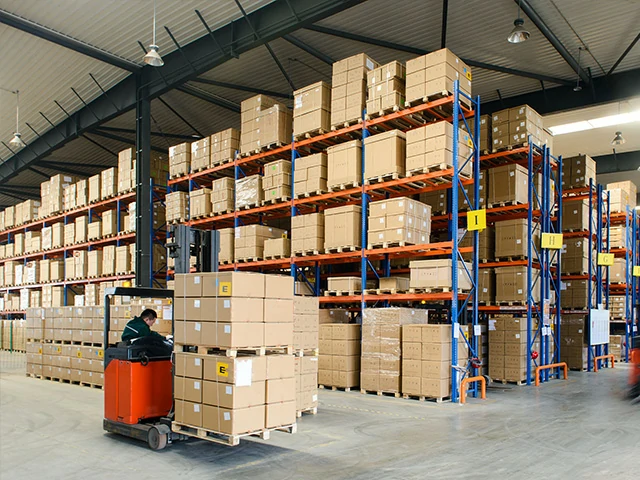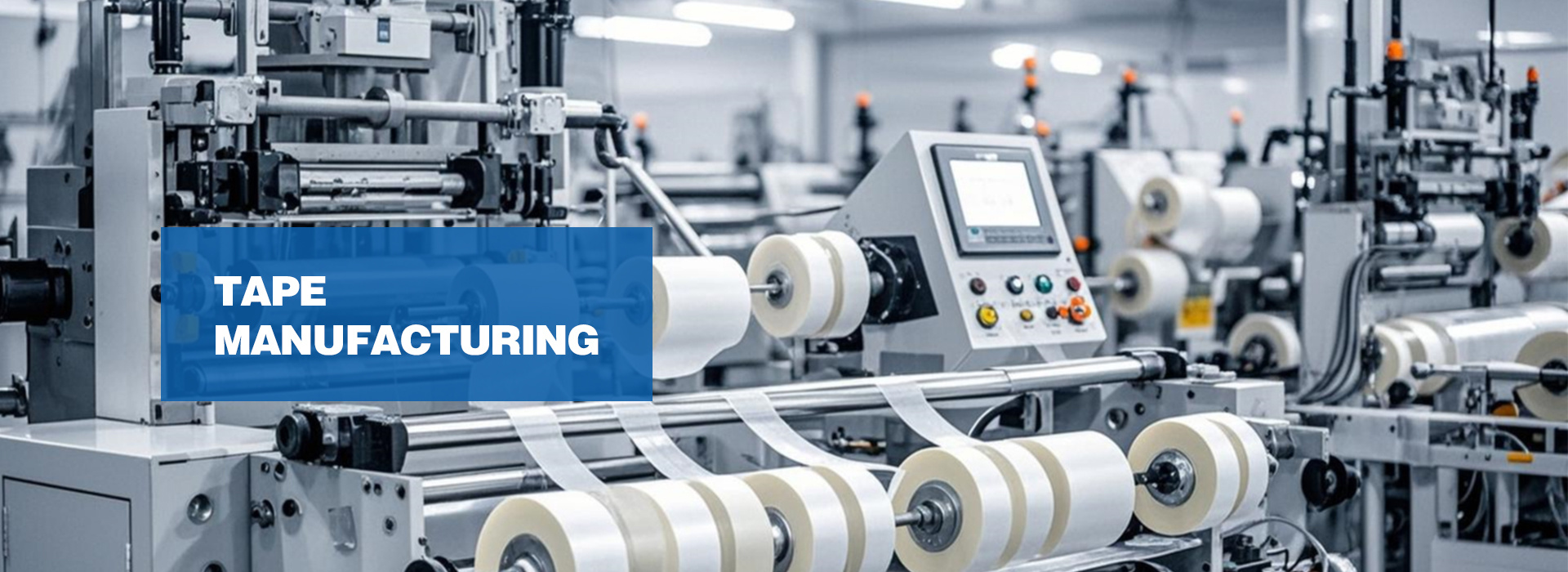How to Properly Store and Handle Industrial Tape
Proper storage and handling of industrial tape is often overlooked, but it can directly affect the performance and shelf life of the tape. Whether you're in manufacturing, electronics, or packaging, following these best practices will help reduce waste and maintain the effectiveness of the tape.

1. Store in a cool, dry environment
Industrial tapes should be stored at 18-22°C (64-72°F) and below 60% relative humidity. Exposure to heat or humidity will weaken the tape's bond. Avoid direct sunlight and UV rays, which can damage the adhesive and backing.
Tip: If you operate in a tropical climate, use a dehumidifier in the storage area.
2. Avoid deformation during storage
Do not stack heavy objects on top of the tape roll. Long-term pressure can cause the tape roll to deform and make it difficult to unroll evenly. Use the original packaging or store the tape roll vertically to maintain its shape.
3. Follow the First-In-First-Out Principle (FIFO)
Like many materials, tape ages over time. Always use old tape first to prevent expiration or deterioration of adhesive properties. Most industrial tapes have a shelf life of 12 months; check the production date on each box.
4. Keep your hands and surfaces clean
Dust, oil, and moisture will reduce the adhesive effect. Make sure your hands and surfaces are clean before applying the tape. For the best bond, wipe the surface with isopropyl alcohol.
We have seen butyl tape fail in waterproofing tests due to oil stains on metal panels.
5. Understand the shelf life of tapes
Different types of adhesives have different shelf lives, such as acrylics, which usually have a shelf life of 6 to 24 months, and hot melt adhesives, which have a shelf life of half a year to a year. Of course, the specific shelf life needs to be determined according to the product instructions and storage conditions. Don't take it for granted that all tapes can be used indefinitely. For example, rubber tape can soften or dry out if stored for too long.
Common Adhesive Types and Their Shelf Life
| Adhesive Type | Typical Shelf Life | Storage Note |
|---|---|---|
| Acrylic Adhesive | 12–24 months | Excellent aging and UV resistance; longer shelf life in controlled environments |
| Rubber-Based Adhesive | 6–12 months | Prone to softening or hardening over time; store cool and dry |
| Silicone Adhesive | 12–18 months | Stable in extreme temperatures, but may lose tack with moisture |
| Hot Melt Adhesive | 6–9 months | Sensitive to heat and oxidation; store below 25°C |
| Butyl Rubber Adhesive | 6–12 months | Can migrate or dry out; airtight packaging recommended |
| Solvent-Based Adhesive | 12 months | Evaporation risk; seal tightly and avoid exposure to air |
Frequently Asked Questions
Q1: Is it safe to store industrial tape in a shipping container or van?
A: Not recommended. Enclosed vehicles can experience high temperature swings, especially under sunlight. This can accelerate adhesive aging or cause tapes to lose tackiness prematurely.
Q2: Should adhesive tapes be stored vertically or horizontally?
A: For long-term storage, it's best to store tape rolls vertically to avoid pressure flattening or deformation. If stacking is necessary, do not place heavy loads on top.
Q3: Can improper storage affect tape performance?
A: Yes. Heat, moisture, or pressure can cause adhesive degradation, edge curling, or poor bonding strength. Damaged tapes may not stick properly, even if they appear new.
Final Tips
If you’re looking for storage tips for industrial tape or wondering how to store tape, the answer is simple: keep it cool, dry, and organized. Well-maintained rolls of tape perform better, reduce rework, and save money.
Want more tips for extending the life of your tape? Contact our team today or browse our industrial tape solutions.
Keyword:
how to store adhesive tape,industrial tape storage tips,adhesive tape shelf life
RELATED NEWS


